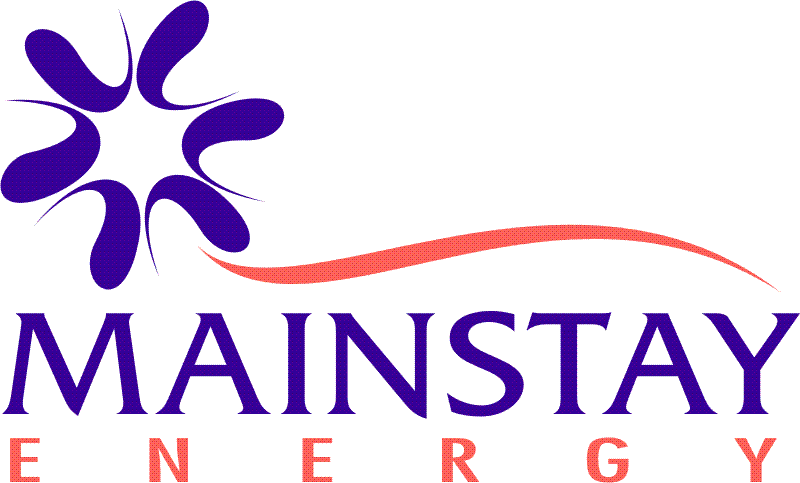Don’t make guesses about the risks involved in your energy project or business plan. Let Mainstay be your partner in assessing, analyzing, quantifying, those risks, and then providing clear and actionable guidance.
The Tough Questions
Risk analysis is most valuable when it does more than go beyond the traditional risk matrix, and actually provides clear guidance on difficult questions. In the case of energy projects, a number of questions frequently come up which are well-suited to Mainstay’s style of risk analysis:
Can the project be completed on time and on budget?
What is my exposure to commodity volatility?
What range of returns can I expect?
How do I think about future environmental regulation?
How can project structuring reduce the likelihood of a default?
How does variability of a natural resource affect my long-term output?
How can risk be allocated fairly among project participants?
Sure, you can make guesses for any questions like these, but without the proper analysis you are highly likely to wildly over or under-estimate the risks. Mainstay will implement sophisticated statistical models in order to predict how risks can interact and overlap and affect your outcomes.
Risk Analysis Methodology
Mainstay brings a rich set of state-of-the art tools to its quantitative analysis:
Monte Carlo methods for risk analysis
Modelling correlations
Linear regression analysis
Statistical modelling
Reliability engineering
Reliability analysis, including reliability data
Value at Risk: measuring financial risk
As mentioned, Mainstay’s approach is to drive towards useful answer to difficult questions, using stochastic methods to explore the range of outcomes. Drop Mainstay a line with any questions you have.
Deliverables
Mainstay will provide you with straightforward quantitative guidance as to how to think about complex risks. Our typical deliverable includes sections on methodology and approach, inputs and assumptions, analysis, and conclusions. While the methods may be complex, the deliverable will be straightforward, clear, and actionable.



